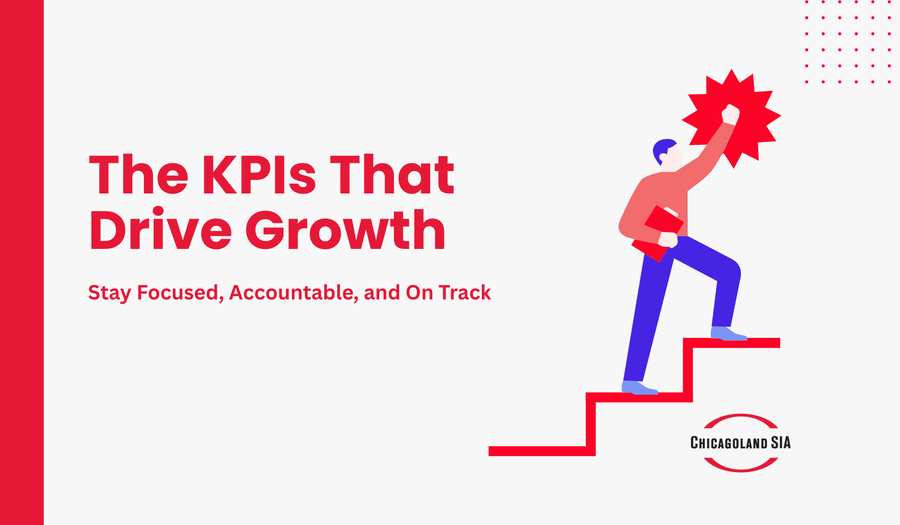Crafting Your Agency Budget for Success

In the ever-evolving landscape of business, determining your overall agency budget is a crucial step towards financial stability and growth. A well-structured budget not only ensures that your agency operates smoothly but also sets the stage for future endeavors.
But what should you be budgeting for?
Salary Expenses: Nurturing Your Most Valuable Asset
- Employee salaries, benefits, and related costs often constitute a significant portion of an agency's budget.
- This should be around 40-50% of your budget.
- What should you do:
- Establishing a Competitive Salary Structure: Research industry standards and competitor practices to ensure your agency offers competitive salaries, attracting and retaining top talent.
- Performance-Based Incentives: Consider implementing performance-based incentives to motivate employees and tie compensation directly to individual and team achievements.
Office Expenses: Balancing Visibility and Cost Efficiency
- This includes rent, utilities, maintenance, and other costs associated with maintaining a physical workspace.
- This can vary depending on your location, but typically you should be around 10% of your budget.
- What should you do:
- Location and Lease Negotiation: Choose an office location strategically and negotiate lease agreements to strike a balance between visibility, accessibility, amenities, and cost.
IT Expenses: Investing in Technological Infrastructure
- Allocate a portion of the budget for technology infrastructure, software licenses, hardware maintenance, and cybersecurity measures.
- The percentage may vary based on the agency's reliance on technology but is typically about 5-10% of your budget.
- What should you do:
- Regular Technology Audits: Conduct regular audits to assess the efficiency of existing technology and identify areas for improvement or cost reduction.
Marketing Expenses: Building a Strong Brand Presence
- Marketing is essential for brand visibility and business growth. This includes (but is not limited to) your website design and management costs, graphic design costs, printing costs, paid advertising, and promotional items.
- This should be around 10-15% of your budget.
- What should you do:
- Seek Out Budget Friendly Alternatives: Captive carriers spend billions on marketing, which makes competing with them directly very difficult. Instead, focus on organic growth through search engine optimization (SEO), content marketing, and building your brand through authentic interactions on social platforms and in-person events.
- Analyzing Return on Investment (ROI): Track and analyze the ROI of marketing campaigns to optimize future spending and ensure that resources are allocated effectively.
Reinvesting for Rainy Days or Growth: Securing Your Agency's Future
- Setting aside a portion for contingencies and strategic growth initiatives is crucial. This provides flexibility to navigate unforeseen challenges and invest in opportunities for expansion.
- This should be around 10% of your budget.
- What should you do:
- Establish a Contingency Fund: Set aside a portion of the budget for a contingency fund to weather unforeseen challenges, ensuring business continuity during difficult times.
- Strategic Growth Investments: Allocate funds for strategic growth initiatives, such as acquisitions, to position your agency for long-term success.
Crafting an agency budget requires a comprehensive understanding of your organization's needs, goals, and the economic landscape. By carefully considering salary expenses, office expenses, IT expenses, marketing expenses, and the importance of reinvesting for both rainy days and growth, you can build a resilient financial foundation that propels your agency towards sustained success. Remember, a well-thought-out budget is not just a financial roadmap; it is a key driver of your agency's overall strategy and competitiveness in the market.


